湾区装修与庭院施工,联系:rizuo-com(去掉-,微信同号)
Good question — the ampacity (current-carrying capacity) of a wire depends on:
- Wire gauge (AWG size)
- Insulation type and temperature rating (e.g. THHN, NM-B, etc.)
- Ambient temperature
- Whether the wire is in free air or inside conduit/bundled
Here’s a general reference table for copper wires (the most common), based on the NEC (National Electrical Code) ampacity for 60°C / 75°C / 90°C insulation ratings:
| AWG Size | Ampacity @60°C | Ampacity @75°C | Ampacity @90°C | Common Circuit Use |
|---|---|---|---|---|
| 18 AWG | 6 A | 7 A | 7 A | Low-voltage control, LED lights |
| 16 AWG | 8 A | 10 A | 13 A | Extension cords (light-duty) |
| 14 AWG | 15 A | 20 A | 25 A | 15A household circuits (standard) |
| 12 AWG | 20 A | 25 A | 30 A | 20A household circuits |
| 10 AWG | 30 A | 35 A | 40 A | Water heaters, dryers |
| 8 AWG | 40 A | 50 A | 55 A | Electric ranges, subpanels |
| 6 AWG | 55 A | 65 A | 75 A | Main feeds, EV chargers |
| 4 AWG | 70 A | 85 A | 95 A | Large appliances, feeders |
| 2 AWG | 95 A | 115 A | 130 A | Subpanel feeders |
| 1 AWG | 110 A | 130 A | 145 A | Main feeders |
| 1/0 AWG | 125 A | 150 A | 170 A | Main service or subpanel feeders |
| 2/0 AWG | 145 A | 175 A | 195 A | Service feeders |
| 3/0 AWG | 165 A | 200 A | 225 A | Service feeders |
| 4/0 AWG | 195 A | 230 A | 260 A | Service feeders |
🔹 Typical rule of thumb (house wiring, NM-B cable):
- 14 AWG → 15 amps max
- 12 AWG → 20 amps max
- 10 AWG → 30 amps max
Those values follow NEC 240.4(D), which limits branch circuit sizes for safety.
Here’s the same table for aluminum wire (common in large-gauge feeder and service cables):
| AWG Size (Aluminum) | Ampacity @60°C | Ampacity @75°C | Ampacity @90°C | Typical Use |
|---|---|---|---|---|
| 12 AWG | 15 A | 20 A | 25 A | Lighting, small branch circuits |
| 10 AWG | 25 A | 30 A | 35 A | Light appliances |
| 8 AWG | 35 A | 40 A | 45 A | Small subpanels |
| 6 AWG | 40 A | 50 A | 55 A | Feeders, small EV chargers |
| 4 AWG | 55 A | 65 A | 75 A | Feeders |
| 2 AWG | 75 A | 90 A | 100 A | Subpanel or service feeders |
| 1 AWG | 85 A | 100 A | 115 A | Subpanel feeders |
| 1/0 AWG | 100 A | 120 A | 135 A | Service entrance |
| 2/0 AWG | 115 A | 135 A | 150 A | Service entrance |
| 3/0 AWG | 130 A | 155 A | 175 A | Service entrance |
| 4/0 AWG | 150 A | 180 A | 205 A | Main service feeders |
🧰 Quick comparison (Copper vs Aluminum):
| AWG | Copper (75°C) | Aluminum (75°C) |
|---|---|---|
| 14 | 20 A | — (no AL wire this small) |
| 12 | 25 A | 20 A |
| 10 | 35 A | 30 A |
| 8 | 50 A | 40 A |
| 6 | 65 A | 50 A |
| 4 | 85 A | 65 A |
| 2 | 115 A | 90 A |
| 1/0 | 150 A | 120 A |
| 4/0 | 230 A | 180 A |
⚠️ Important notes:
- Aluminum wire must use anti-oxidation compound and AL/CU-rated terminals.
- Always size breakers and fuses according to NEC Table 310.16 (and check derating if wires are bundled or in hot areas).
- For house wiring, copper is preferred for small circuits (≤10 AWG).
© 版权声明
文章版权归作者所有,未经允许请勿转载。
THE END


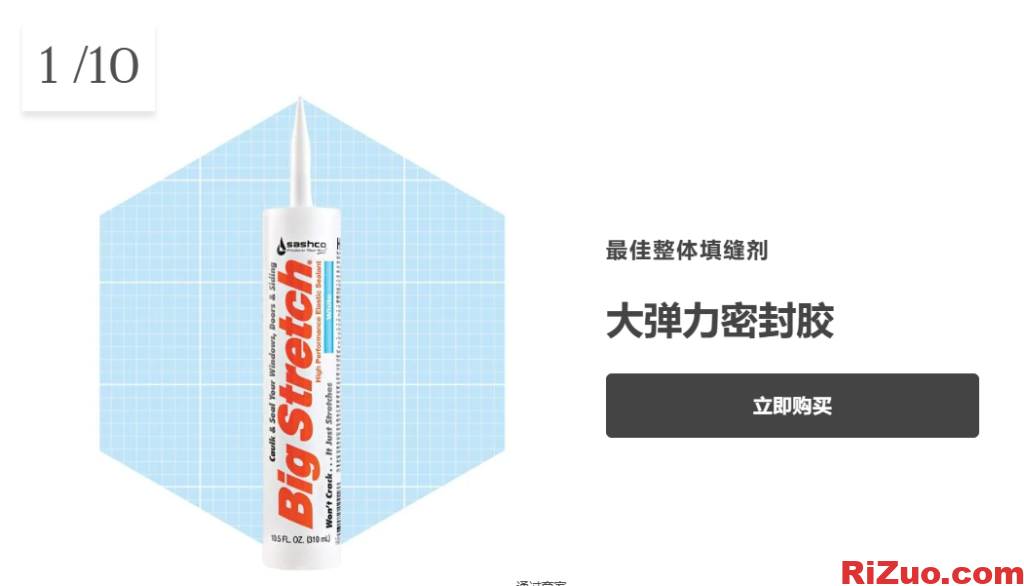
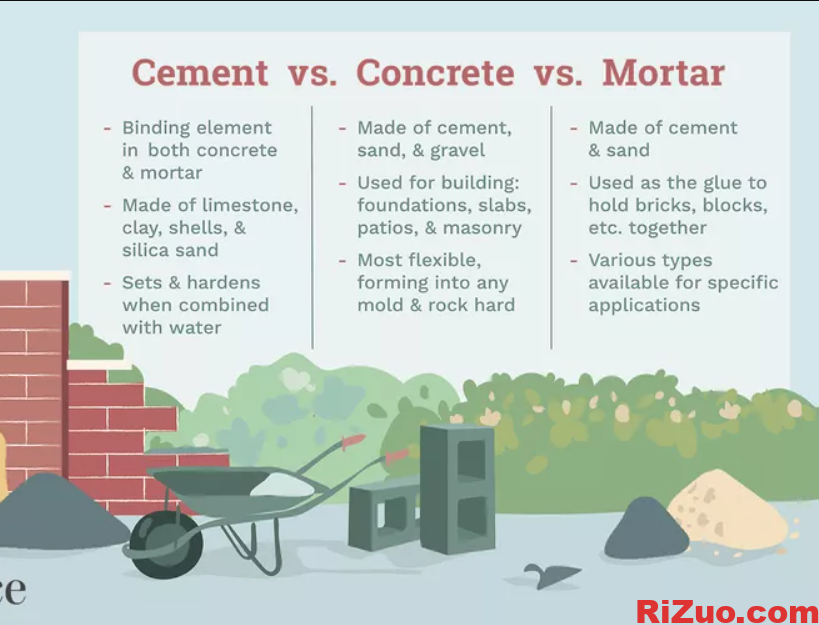
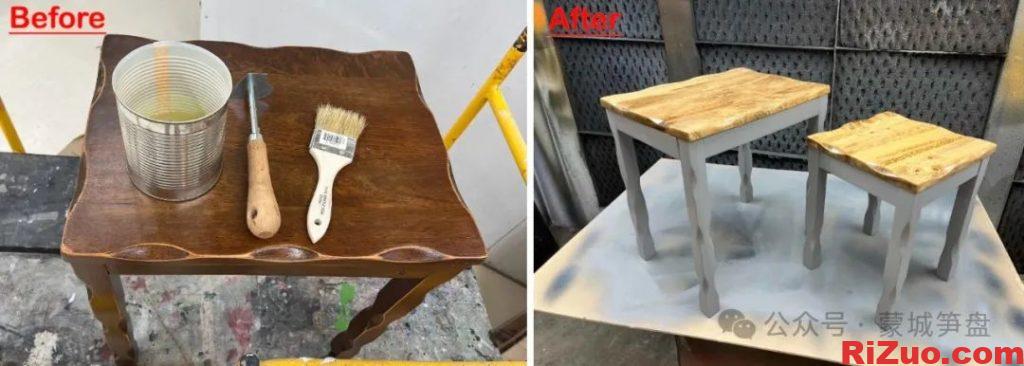
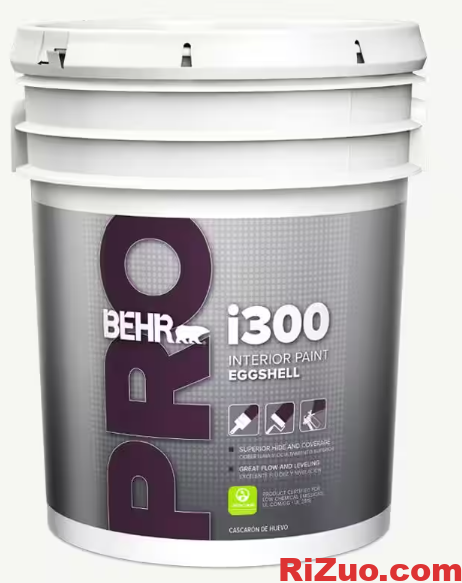
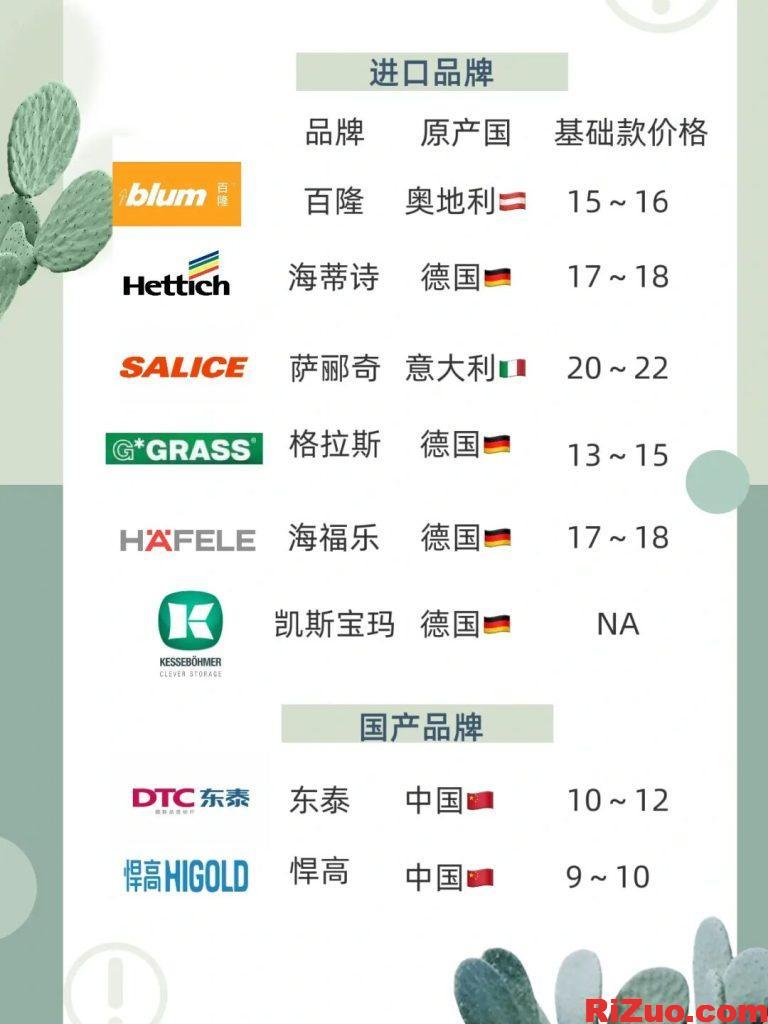





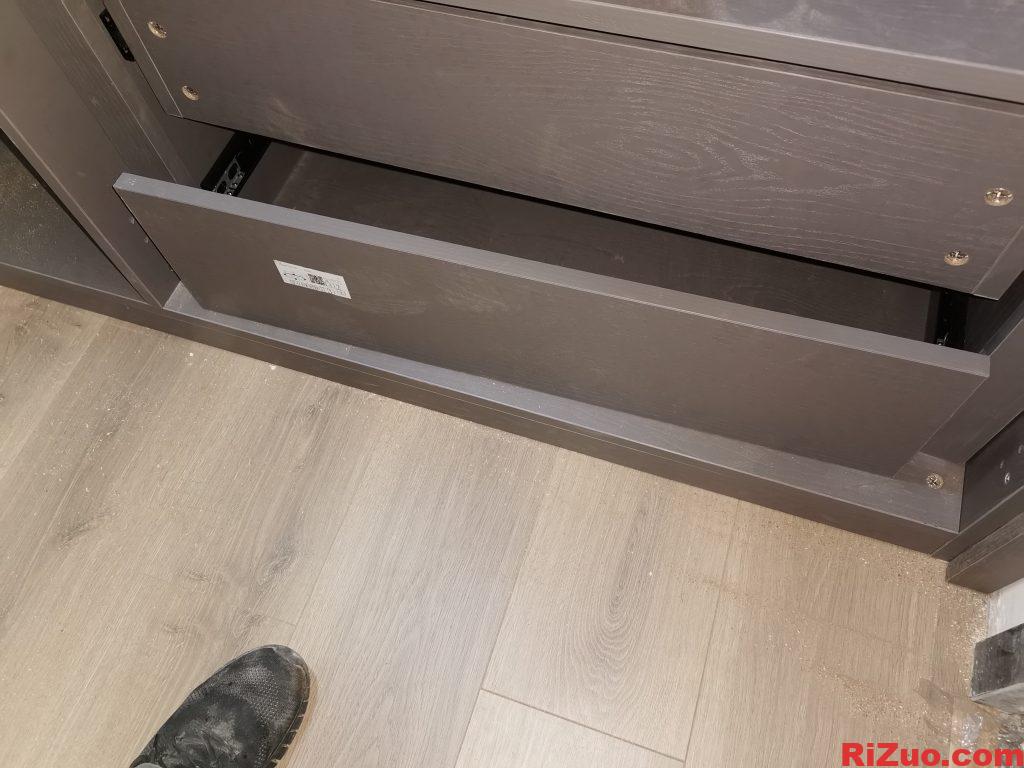

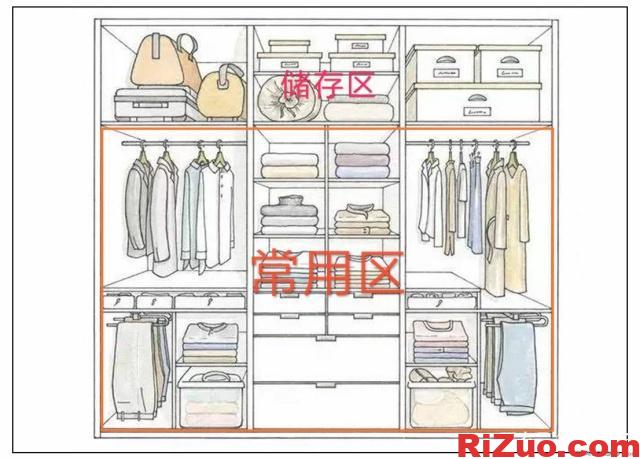



暂无评论内容